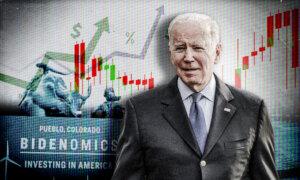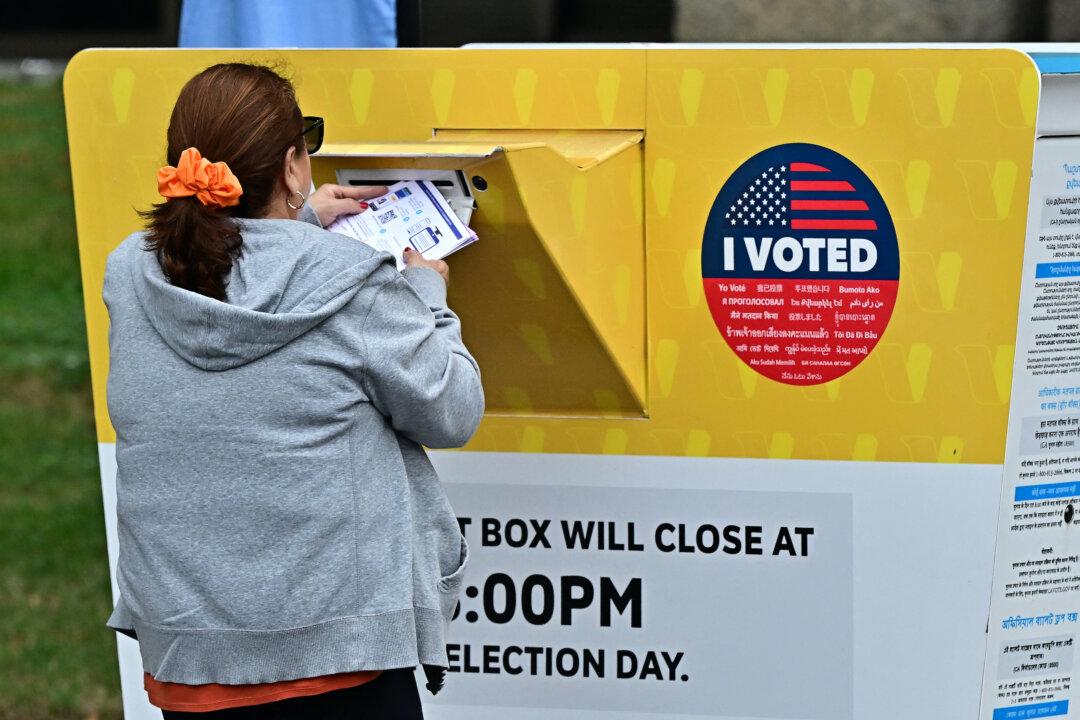President Joe Biden has finalized an average 5.2 percent pay raise for federal workers in fiscal year 2024—the largest increase in more than four decades.
Initially proposed as part of the president’s 2024 budget plan, the pay increase includes a 4.7 percent across-the-board hike in basic pay for more than 2 million federal employees, with the rest based on comparable private-sector salaries in workers’ localities.
The raises range from 4.89 percent in Houston to 5.7 percent in the Seattle-Tacoma area. They’re set to take effect next month.
The increase marks the largest since 1980, when President Jimmy Carter signed off on a 9.1 percent average increase. It also marks a 0.6 percent boost over last year’s hike, which, at that time, was the highest in 20 years.
“This welcomed pay raise demonstrates an understanding of the value of these hard-working civil servants and the jobs they do, as well as displays the administration’s ongoing commitment to recruitment and retention of talented federal employees.”
On top of the pay increase, thousands of federal employees are set to see higher raises than previously expected thanks to recent changes to the locality pay system. Among those changes was the creation of four new locality pay areas: Fresno-Madera-Hanford, California; Reno-Fernley, Nevada; Rochester-Batavia-Seneca Falls, New York; and Spokane-Spokane Valley-Coeur d’Alene, Washington-Idaho.
The regulations establishing the new locality pay areas took effect on Dec. 18, although they won’t be applied for pay purposes until the first pay period starting on or after Jan. 1, 2024.
“Keeping up with private-sector pay growth is essential to maintaining the federal government’s ability to recruit and retain a highly qualified and effective workforce,” Mr. Shackelford said.
“The pay increase will work to narrow the wage gap between federal employees and those in the private sector—who make as much as 24 percent more than public servants in comparable jobs—and strengthen the federal government’s ability to maintain a highly qualified and effective workforce.”
However, critics on social media accused the president of attempting to buy federal workers’ support ahead of a pivotal election year.







